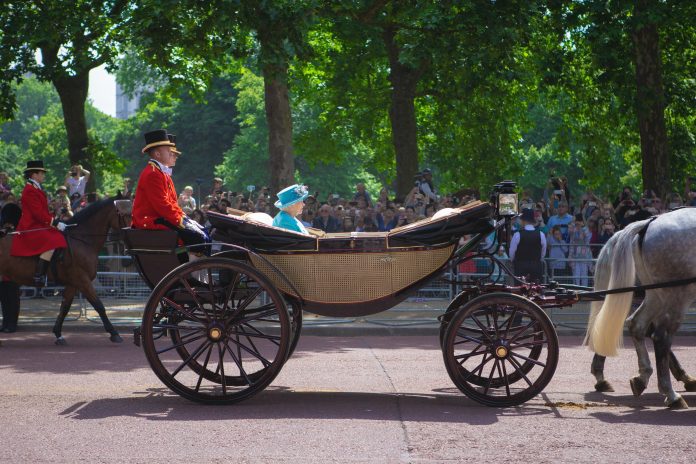The recent passing of Queen Elizabeth II represents not only the end of an era, but the changing of the guard when it comes to the face of currency across the Commonwealth.
In a recent post by Currencycloud, the company analysed the impact of the Queen’s lengthy reign on the Throne and how it impacted currency across the Commonwealth nations.
While the usage of cash has fallen considerably in recent years, one of the unmistakeable aspects of using cash coins in the UK is seeing the face of the Queen on all of them. With her passing, the circulation of these coins will be gradually phased out.
As Currencycloud underlined, it’s not just British currency that features the image of the late monarch. Her face is still featured on the currency of 35 countries globally, including in Australia, New Zealand, Canada and Cyprus amongst others.
The Queen’s head also features on all coins and notes issued by the Eastern Caribbean Central Bank: the monetary authority for Anguilla, Antigua and Barbuda, Commonwealth of Dominica, Grenada, Montserrat, St Kitts and Nevis, Saint Lucia, and St Vincent and the Grenadines.
The Queen was also the first monarch to have their image printed on a note. In 1960, the Queen’s portrait appeared on £1 notes in an image created by Robert Austin, a banknote designer.
Currencycloud said, “She has, indeed, set a precedent. One which her son King Charles III will follow. But his image appearing on England’s and Wales’ notes and minted onto coins will be a gradual process. We will still see the familiar image of Queen Elizabeth II in the circulation of our currency for at least a few more years.”
With the coronation, King Charles III is expected to sit for the portrait which will be used on the coins and notes in the UK – barring Scotland and Northern Ireland.
The Royal Mint will be in charge of manufacturing and issuing these coins. The Chancellor of the Exchequer will receive a selection of portrait recommendations from the Royal Mint which will then be passed on to be approved by the King.
Once approved, the coins will be manufactured at the Royal Mint in Llantrisant, South Wales.
Currencycloud highlighted that replacing Bank of England banknotes that feature the Queen will be a long process – with the Guardian estimating that it will take at least two years to replace the existing 4.5 billion sterling bank notes with King Charles’ portrait.
Different currencies
Currencycloud noted that in key Commonwealth nations such as Australia, Canada and New Zealand, the countries have already outlined how they will go forward with the new Monarch.
The Reserve Bank of Australia has confirmed King Charles III is expected to feature on a new $5 note as the reigning Monarch has – by tradition – appeared on the country’s lowest banknote denomination.
In Canada, the current banknote will be kept in circulation and that ‘there is no legislative requirement to change the design within a prescribed period when the Monarch changes’. In New Zealand, the Queen is likely to remain on the country’s $20 banknotes issued from existing stock for many years to come.
Read the full post here.
Paysend, a UK-based FinTech, recently teamed with Currencycloud to expand the capabilities of its business solution.
Copyright © 2022 FinTech Global











